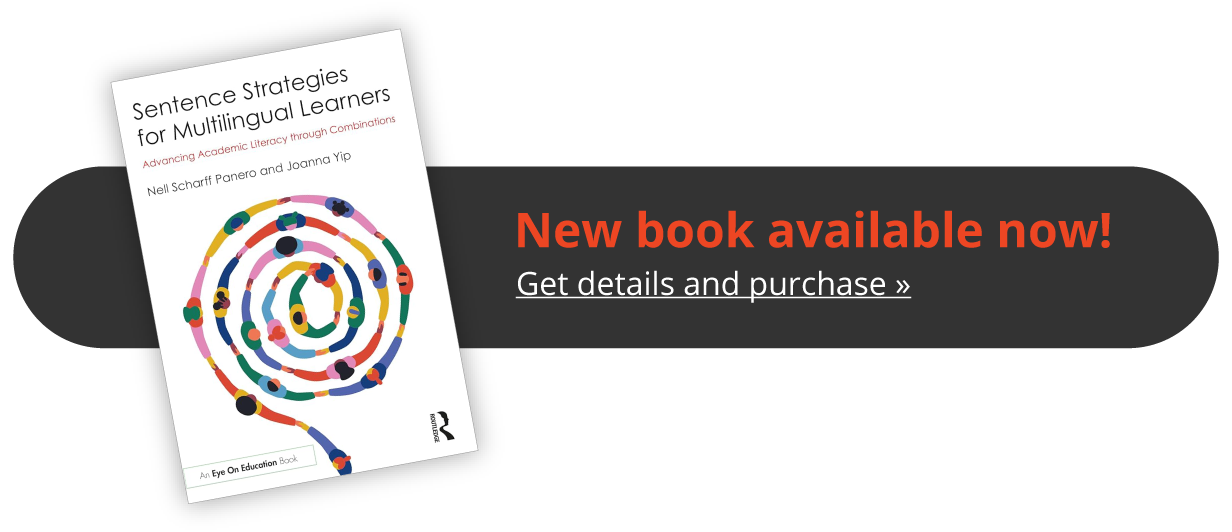Improving high schools entails challenges that are “far easier to catalogue than to surmount” (Mazzeo, Fleischman, Heppen & Jahangir, 2016, p. 2). High schools have been the most difficult to reform because the challenges teachers face are arguably the hardest: skill gaps present since elementary school have widened; the demand to graduate all students college and career ready has grown; and the structural and cultural constraints to change – siloed departments and norms of privacy, teacher autonomy, and the view of the teacher as content expert rather than learner, all of which impede continuous improvement – are most intense on the highest rungs of the K-12 ladder as well (Siskin & Little, 1995; McLaughlin & Talbert, 2001; Seashore Louis & Lee, 2016). Where individual high schools or pockets of schools have beat the odds, scaling up success poses formidable challenges (Elmore, 1996; Stringfield & Datnow, 1998; Fullan, 2000; Coburn, Russell, Kaufman & Stein, 2012).

